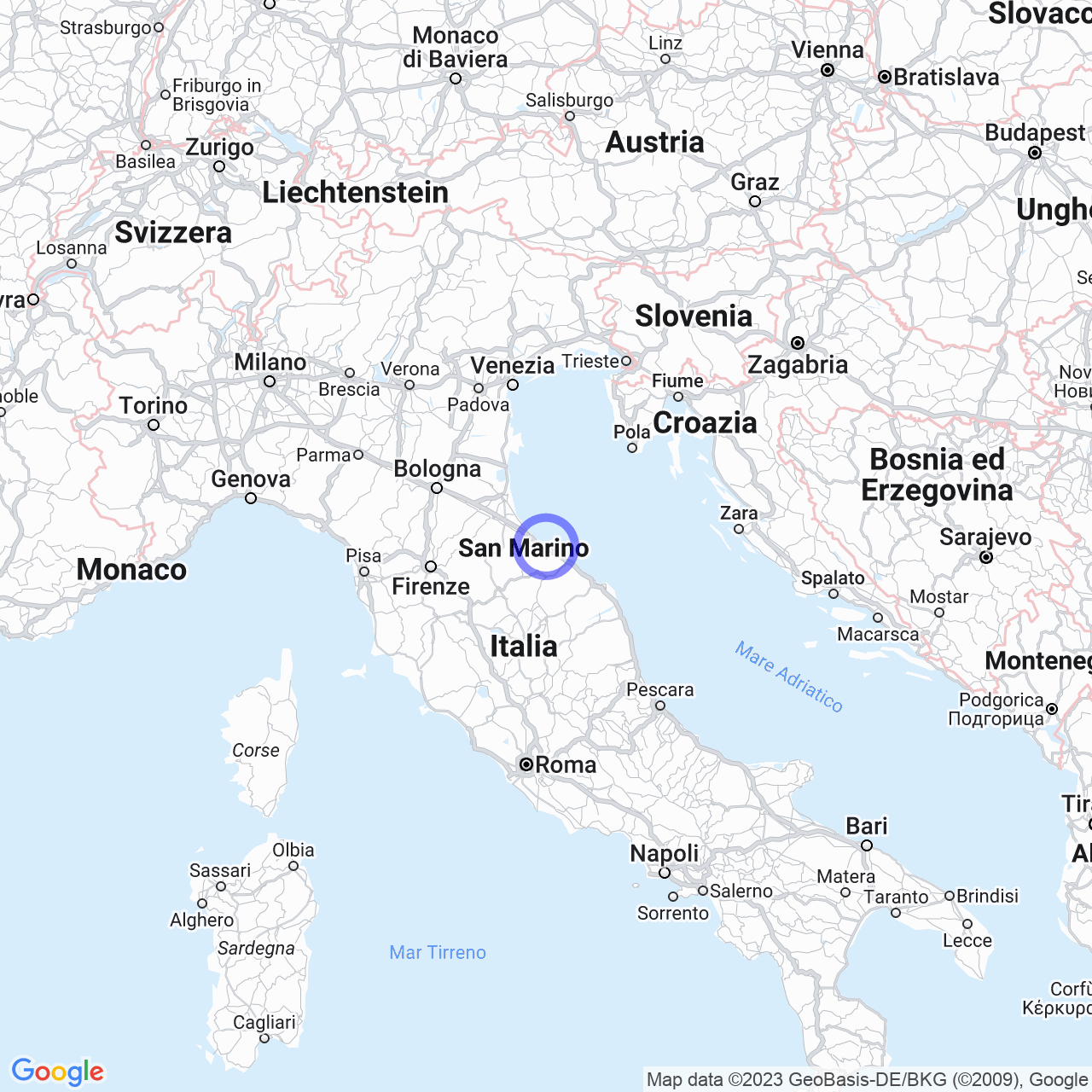Cattolica
The wonderful town of Cattolica
Cattolica is a beautiful city in the province of Rimini in Emilia-Romagna, overlooking the Adriatic Sea and known as a popular seaside resort of the Romagna Riviera with an ancient seafaring tradition. The city has a population of approximately 16,463 inhabitants. In this article, we will take a closer look at the physical geography, climate, origins of the name, and history of Cattolica.
Physical geography
Cattolica borders Gabicce Mare to the south, Gradara to the southwest, Misano Adriatico to the northwest, and San Giovanni in Marignano to the west. It is bathed to the northeast by the Adriatic Sea, where the coastline, which is regular in the rest of Romagna, gradually curves east and northeast for a short stretch adjacent to the dock, thus forming a slightly accentuated small Gulf. The city is intersected by the Ventena stream, and in the inner part, the first hilly reliefs that anticipate the Tuscan-Romagnolo Apennines rise.
Cattolica is the easternmost municipality in Emilia-Romagna and the southernmost on the Romagna Riviera. This makes Cattolica the southernmost extremity of the Po Valley.

Climate
The Italian climate is similar to that of the Po Valley, with marine and hilly influences. Compared to the rest of Romagna, Cattolica has some differences during the cold season. Due to its particular position on the edge of the plain and adjacent to the Apennine reliefs, it appears relatively milder. In the coldest months (December and January), minimum temperatures are indeed locally higher than in the central zone of the Romagna coast.
The average temperature of the seawater in the summer season is around 25°C in June, July, and August and around 22°C in September.
Origins of the name
The origin of the name Cattolica is not documentable with certainty. The main hypothesis derives it from the Greek term "katholiké," meaning "parish church." It should be noted that the small stream that crosses the town was indicated in the 14th century as "Rivus Catholicae." The origin, as described on the plaque walled in 1637 on the front of the church of St. Apollinare, which traces the toponym to a debt of gratitude towards the place that hosted San Gaudenzio and the Catholic Bishop in flight from a group of Arian heretics during the year 359, is entirely legendary.
History
Cattolica has ancient origins that date back to the Bronze Age in Europe. Archaeological findings show the existence of settlements in the area from this era. Along the Via Flaminia, the retrieved artifacts are from the Roman and Byzantine eras, attesting to the ancient origin of a settlement.
The first written reference to the city dates back to the 8th century when the transfer of the territories of the Byzantine Pentapolis to the Church by Pepin the Short is described. The list of cities also includes "castrum Conchae."
Historically, Cattolica was an important fishing and commercial port. In the 19th century, the city was internationally noted for hosting Italy's first aquarium, now known as the "La Nave del Pescatore," located near the port.
During World War II, Cattolica suffered considerable damage due to the bombings. However, the city was quickly rebuilt and is now one of the main tourist destinations in the region.
In conclusion, Cattolica is a wonderful city that offers visitors many opportunities for leisure and relaxation in a beautiful natural setting. The city also boasts a fascinating history that makes it unique and captivating. If you are looking for a destination for your next vacation, Cattolica is definitely the ideal choice!
